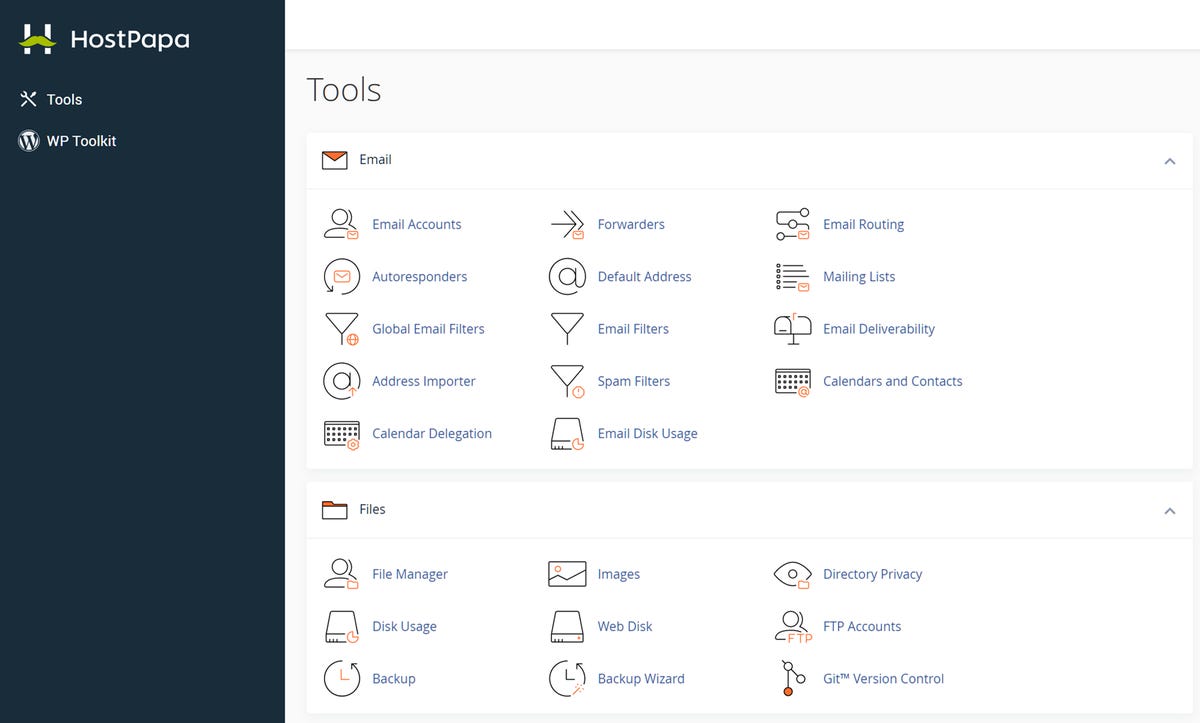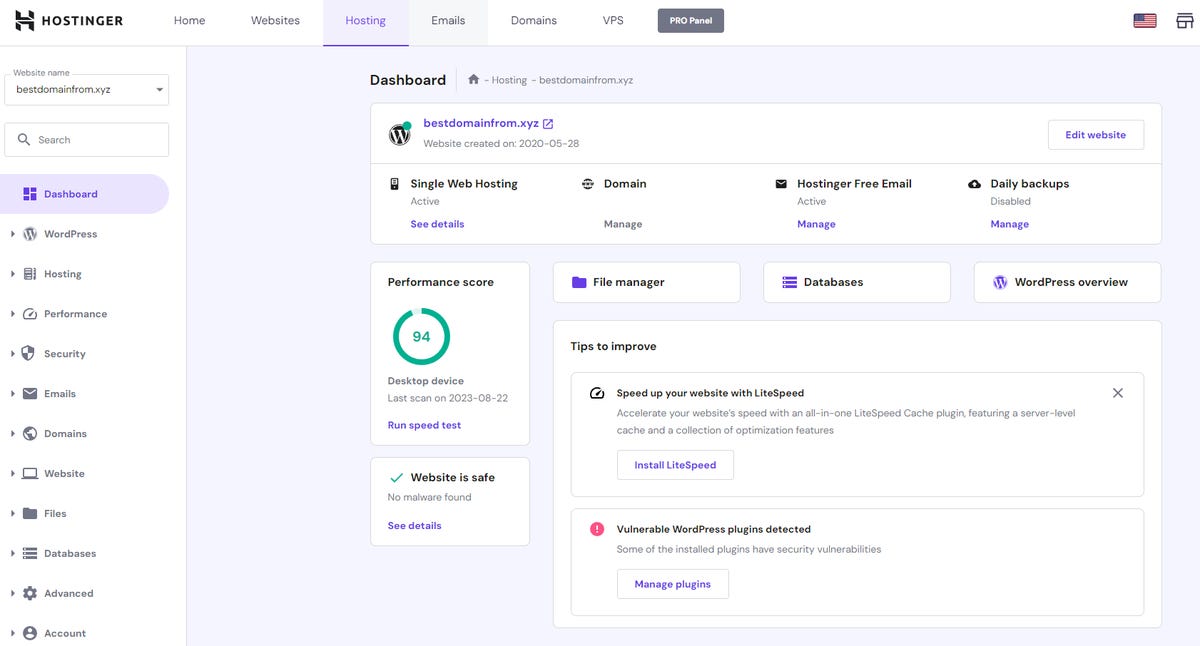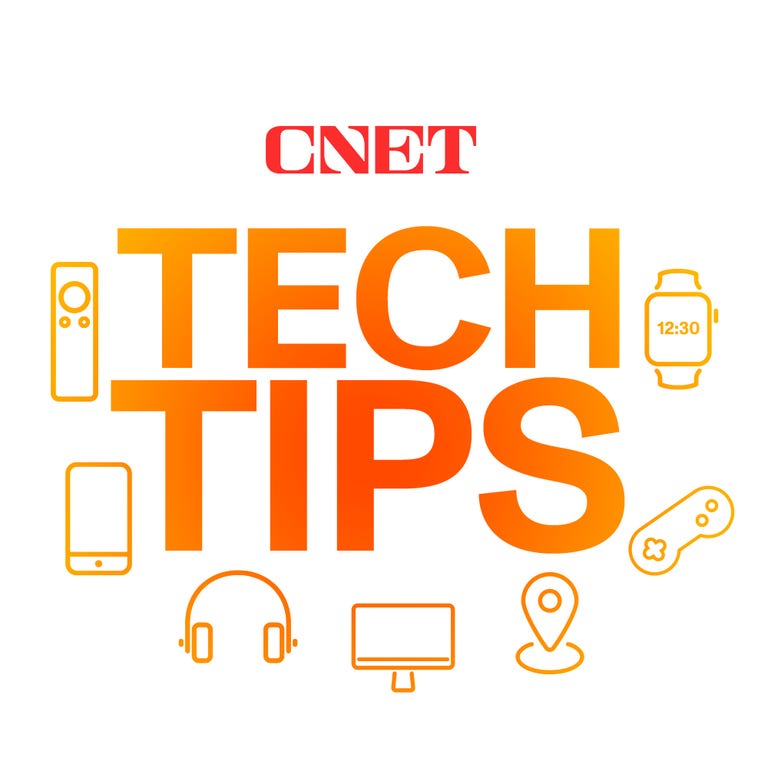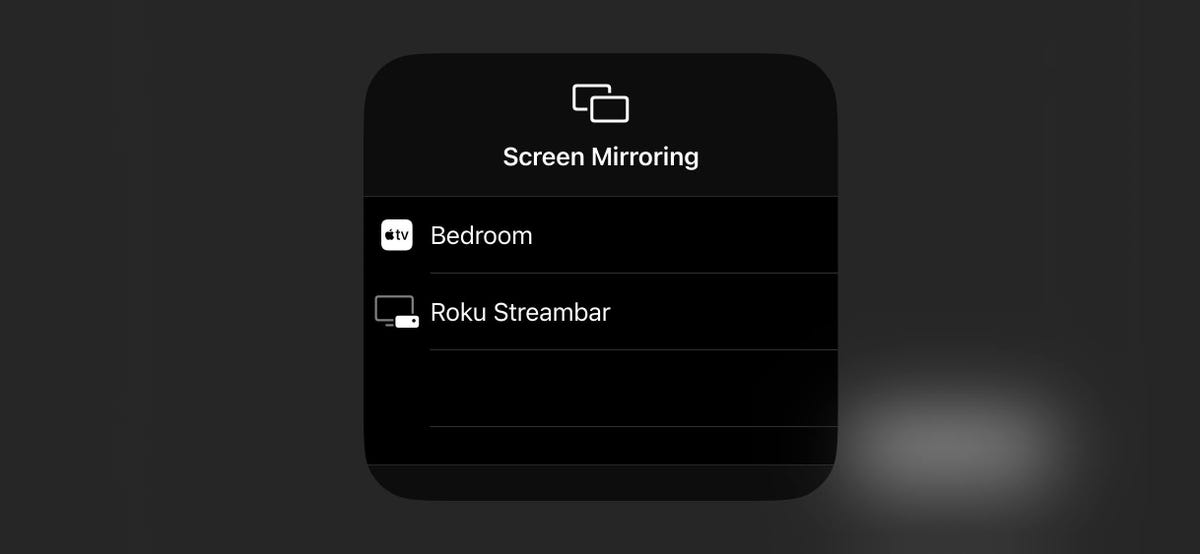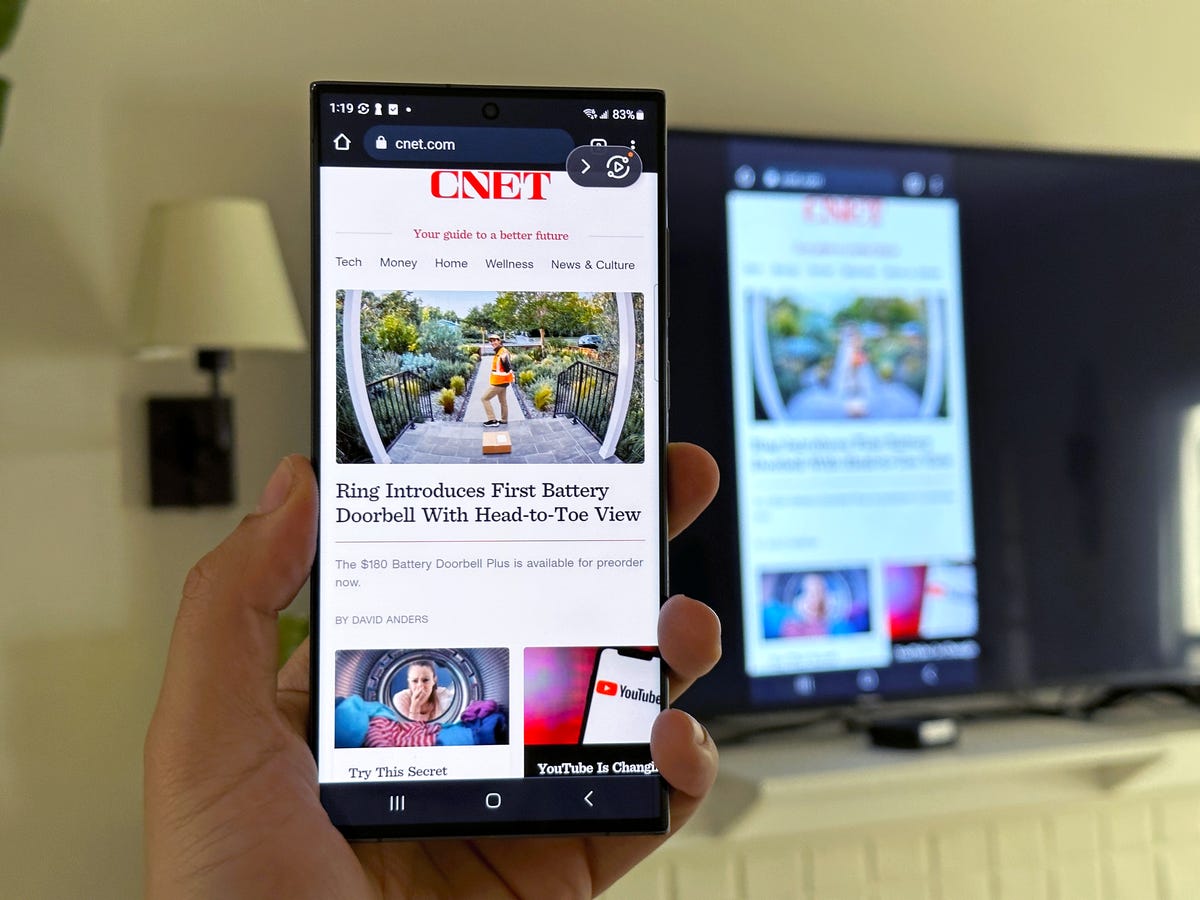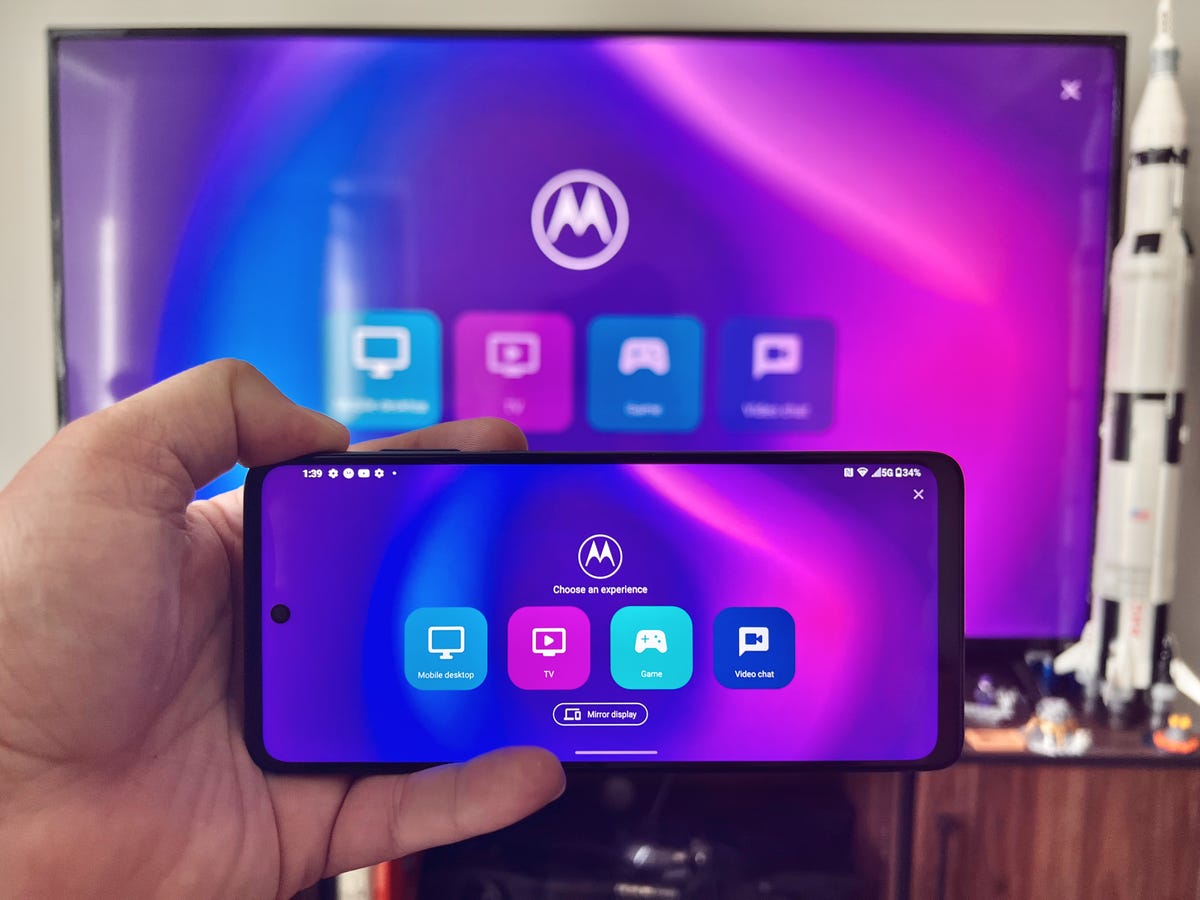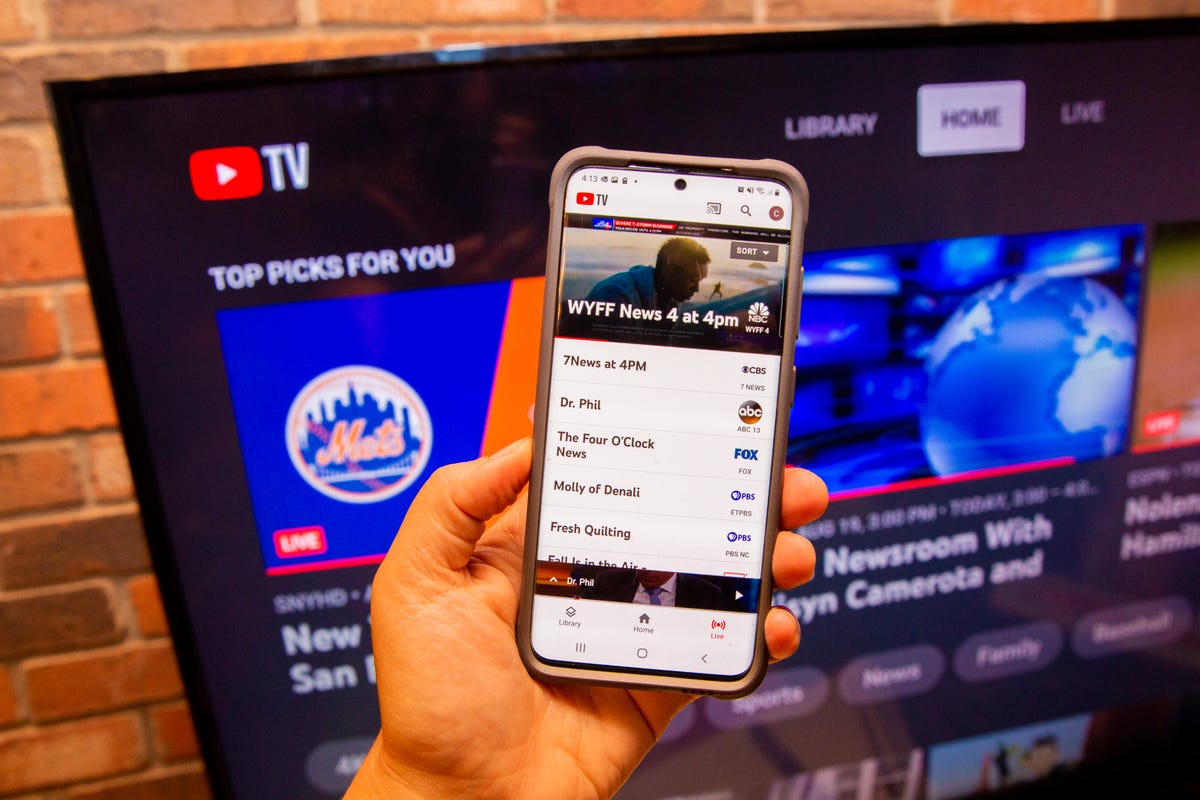Web hosting is what makes your website accessible on the internet. This service is often the first — and perhaps the most important — thing you’ll buy when you start a website.
Web hosting can’t be explained in one sentence, though. There’s a lot of terminology to learn and hundreds of companies to choose from. Many would-be website builders find themselves overwhelmed by the amount of information out there. Or worse, they make an impulsive decision and buy hosting that doesn’t serve them.
I’ve spent most of my life building websites and done hundreds of hours of research into web hosting. In this article, I’ll break down the most important facts I’ve learned about web hosting services to help you make an informed decision.
What is web hosting?
Web hosting is a service that gives you access to internet server space. Think of it like the digital equivalent of renting a physical store — you make regular payments in exchange for a space where you can run your business.
You can do a lot of things with this server space:
- Upload photos
- Display information about yourself and your business
- Create a shopping area where people can buy your products
- Display a contact form so customers can reach out to you
And much, much more.
How does web hosting work?
Every website is stored on a web server. These servers are specialized computers that operate 24/7, allowing websites to run continuously. When someone attempts to access your site, their browser pulls data from your website’s server.
You can create your own server and self-host your website, but these servers are complicated to set up. They’re also expensive to build and maintain.
This is why web hosting companies exist: to build and maintain servers for website owners who lack technical expertise. Web hosts also provide security tools and technical support to help your site run smoothly.
Note that web hosting is different from domain registration. Web hosting provides the space for your website to exist. Domain registration provides the domain, which is the name people will use to access your website — for example, our domain is CNET.com.
Most web hosts offer domain registration, but these are two separate services. You’ll need both to run a website.
Types of web hosting
Bloggers, solopreneurs and small businesses have different website needs than a medium-sized business. Enterprise businesses also have unique web hosting needs. Other factors can also influence hosting needs, such as the amount or types of data a company needs to store online.
There are many types of web hosting to accommodate these varying needs.
Here’s a quick run-down of the most common options:
Shared hosting
Shared hosting is the most affordable type of hosting and the most common choice for bloggers, hobby sites and small business websites.
On a shared hosting plan, your website is hosted on the same server as several other websites. This means all of those websites are sharing resources. If one of them has an enormous spike in traffic, it can hog those shared resources and slow other sites on the server down.
Pros:
- Highly affordable
- Easy to set up
Cons:
- Limited resources, making it unsuitable for high-traffic sites
- No ability to customize server settings
- Sharing a server with other sites may pose security risks
- Small risk of being blacklisted from Google if other sites on your server are blacklisted
WordPress hosting
WordPress is a content management system, or CMS, that simplifies the process of creating, organizing and publishing content online. WordPress powers 43.3% of all websites.
In response to this popularity, many web hosting companies have created specialized WordPress hosting plans. These are shared hosting plans that pre-install WordPress on your website and maintain/update the core WordPress software for you.
Some WordPress hosting plans also offer specialized tools to improve your experience as a WordPress user. These can include things like custom themes/site templates and pre-installed plugins/site extensions to aid in marketing and improve site functionality.
WordPress hosting plans may also give you access to customer service teams that specialize in WordPress. This makes it easier to get assistance with WordPress-specific issues you encounter.
WordPress hosting is a great choice for bloggers, hobby site owners, and small businesses that want to create a WordPress website without worrying about software updates.
Pros:
- Pre-installed WordPress so you can start building your site right away
- Often priced similarly to regular shared hosting plans
- The web hosting company performs WordPress updates for you
Cons:
- All of the same limitations as shared hosting
- Only suitable for WordPress websites, not for sites built with another CMS
Website builder hosting
This is an increasingly popular form of web hosting provided by companies like Squarespace.
Users on these plans are required to use proprietary website builders. These are front-end editors that display what your website will actually look like to customers. You can click on any section to change it and immediately see how your edits will change your website’s appearance.
You don’t need to install the website builder or any additional software to start building your site.
This makes a website builder easier to use than a CMS like WordPress, which requires you to install the core software, individual themes and plugins for basic things like creating content forms.
Many also offer AI site generation, where you input a few key details about your business and an AI uses them to design a website for you.
The most popular website builders, Squarespace and Wix, use cloud hosting, which we’ll discuss later on. Website builders offered by more traditional web hosts like GoDaddy typically use shared hosting.
Website builder hosting is a great choice for first-time website builders who want the simplest site creation process possible. However, the blogging tools are often quite limited, so you’ll want to stick to shared hosting or WordPress hosting if you’re starting a blog.
Pros:
- Access to easy-to-use visual website building tools
- Use of cloud hosting, making this more suitable for high-traffic sites
Cons:
- You can’t use any CMS other than the proprietary website builder offered by the company
- Website builders are often less flexible than a CMS like WordPress
- E-commerce functionality is often restricted to high-cost plans
- Transferring your site to another host is extremely difficult
VPS hosting
Virtual private server, or VPS hosting, is an advanced type of hosting where a physical server is divided into multiple virtual servers.
Like shared hosting, several websites run on one server. But unlike shared web hosting plans, each virtual private server has dedicated resources, so you don’t have to worry about your site slowing down if another site gets a massive influx of traffic.
There are two types of VPS hosting. The first is self-managed, which requires the technical know-how to configure and manage your own server. The second is managed VPS hosting, where the web hosting company does these things for you.
Self-managed VPS hosting tends to be more affordable.
Pros:
- Dedicated resources, making this more suitable for high-traffic sites
- More secure than shared hosting
- Ability to customize your servers
Cons:
- More expensive than shared hosting
- Self-managed versions require significant technical know-how to operate
Dedicated hosting
When you buy a dedicated hosting plan, you get an entire physical server devoted to your site. This gives you access to additional resources, more customization options and better security than hosting options relying on a shared server.
Dedicated hosting is quite expensive, and the servers are complex to manage. This makes it unsuitable for bloggers or small and medium-sized businesses, but perfect for enterprise businesses.
Pros:
- Highest level of storage and bandwidth
- Highly secure if server is configured correctly
- Full server customizability
Cons:
- Expensive
- Requires significant technical know-how to manage
Cloud hosting
Cloud hosting stores websites on multiple virtual servers hosted in different data centers, which are buildings containing numerous physical servers.
The distributed nature of cloud hosting provides websites with the resources they need to handle significant traffic, including traffic spikes, without issue.
Another advantage of this approach is that if one server goes down, another server can provide your website’s information to visitors. Cloud hosting also ensures fast loading times in various locations because visitors’ browsers can pull information from the nearest data center.
Pros:
- Ability to handle large amounts of traffic, including traffic spikes
- Fast loading speeds all over the world
- Maximum uptime
- Advanced security features
Cons:
- Can be expensive
- Not offered by all web hosting companies
Reseller hosting
Reseller hosting makes it possible to run a website hosting company of your own without having to invest in infrastructure like physical servers. These plans let you sell website hosting packages that use the servers and tools created by a company like HostPapa.
You should choose reseller hosting if you’re interested in starting a web hosting company. Otherwise, stick to one of the hosting types listed above.
Pros:
- You can create a web hosting company without investing in your own internet infrastructure
Cons:
- The quality of service you provide relies on the servers and other infrastructure built by the company you’re reselling from
- Many website hosting companies don’t offer this type of plan
Factors to consider when choosing web hosting
Storage space
Storage space dictates how much data you can keep on your website(s). When you surpass the limit, you’ll need to switch to a higher-cost plan.
To avoid running into this limit, choose a plan with a significant amount (at least 10GB) of storage. This is especially important if you plan to put a lot of large images or other large files on your website.
Some hosting plans claim to offer “unlimited” storage space, but they aren’t truly unlimited — the data allowance is just so high that most websites won’t surpass it. You may want to search the company’s terms of service for the actual data limit before you buy an unlimited hosting plan.
Pay attention to the type of storage used too. Solid state drive, or SSD, storage is a common choice thanks to its reliability and speed. Some companies use non-volatile memory express, or NVMe, storage, a more advanced version of SSD storage, for even faster processing. Both are good.
However, if a company is using hard drive disk, or HDD, storage, you should run the other way. This type of storage is the least reliable and the slowest of the three options discussed here.
Bandwidth
Bandwidth is the amount of data your site can transfer to visitors’ devices per second. This determines the number of people that can access your site at once and how quickly your site loads during high-traffic periods.
Most top web hosting companies offer unmetered or unlimited bandwidth.
Unmetered bandwidth means that the web host controls how fast you can transfer data (such as 1 gigabit per second/Gbps) but doesn’t specifically limit the amount of data you can transfer.
Unlimited bandwidth means there aren’t specific limits on your plan. You will still be restricted by bandwidth’s inherent limits, which are based on your web host’s internet infrastructure (and other factors).
Note that unmetered and unlimited bandwidth plans often have a hidden upper limit. This limit is too high for most sites to exceed, but if you do, you’ll get a notice saying you’re breaking the terms of service — so it’s a good idea to read the TOS and figure out what the limit is.
Site speed
How fast your website loads depends on several factors. Most of these factors are out of your web host’s control, such as the size of the files you publish on your site. However, there are some things a good web host can offer to improve site speed:
- High bandwidth
- A content delivery network, or CDN, to distribute files faster on a global scale, improving loading time for people who aren’t near your server’s data center
- Caching tools to store data on your visitors’ browsers so your site loads faster on subsequent visits
Uptime
Uptime is the percentage of time your website will be accessible for. If your site goes down, you lose trust, traffic and possibly money, so it’s important to shoot for the highest uptime possible.
Most web hosting services guarantee 99.9% uptime. Some web hosting plans — especially cloud hosting plans — may guarantee 100% uptime. However, you shouldn’t just take a company at its word — read reviews with uptime tests to confirm that these guarantees are met.
Security
Your web hosting company should provide the following security features:
-
Secure Socket Layer Certification: The SSL protocol encrypts the connection between a website and a browser, protecting data entered into your website. Most web hosts offer SSL certificates bundled into their hosting plans. Others offer it as an add-on.
-
Firewall: A firewall is to your website what an air filter is to your house. It monitors the data attempting to enter your website and rejects anything suspicious.
-
Malware scanner: This software regularly scans your website and hosting server for malware that might have slipped through your firewall. Malware scanners may also remove the malware, or this may be done by another program.
-
Automated backups: These are copies of your site saved somewhere other than the main server. If something happens to your site, you can restore it with one of these backups. This feature may be included in a web hosting plan or offered as an add-on.
Management interface
Web hosting companies provide an interface where you can easily access your databases, file management tools, email tools, security tools and more. You’ll spend more of your time in the CMS, but this management interface should still be easy to navigate.
Most web hosts use cPanel as their management interface.
Some companies offer customized management interfaces, like the Hostinger hPanel.
All of these tools are valid. The important thing is that your web host allows access to these upper-level site management tools through a user-friendly interface.
Customer support options
The best web hosting services offer extensive documentation through a knowledge base and multiple ways to contact their customer service teams at any time of day or night.
In most cases, these contact options are 24/7 live chat with instant responses and email support with responses that can take up to a few hours. Some offer phone lines as well, though this may be limited to higher-tier plans.
Customer reviews
A company can make all kinds of claims on its website. If you want the truth about how the company treats its customers, you need to look at reviews.
You can find customer reviews for most web hosting companies on Trustpilot. Look at both the overall star rating for the company you’re considering and what the reviews actually say.
Pricing
There are four main factors to consider when looking at web hosting costs:
-
Initial pricing: This is the price you’ll pay for your first term — typically one to three years — of web hosting. Many companies offer a steep discount for your introductory term. You may also be required to sign up for a specific term length to access this discount.
-
Full term cost: Most web hosting companies display their prices at the per-month rate, but many hosts don’t offer month-to-month pricing. Do the math to figure out how much that monthly price works out to when you’re paying for 12, 24 or 36 months upfront.
-
Renewal pricing: This is how much you’ll pay for your first renewal and all subsequent hosting terms. This is often $10 more per month than you’ll pay for your first term. You can find out more about how these rate increases work in our guide to shopping for web hosting.
-
Currency: Many web hosting companies only offer plans in USD. If you’re in another country, you may need to factor the exchange rate into your budget.
You also want to pay attention to whether or not the base pricing includes key features like SSL certification, automated backups and a free domain.
Extras
Most web hosting companies offer additional services for running an online business. These may be bundled into certain hosting plans or available for add-ons.
Here are some of the most common options:
-
Domain: Most web hosts offer domain registration. This often comes with domain privacy, a service preventing your contact information from being publicly displayed in the WHOIS Database.
-
Email hosting: This lets you create email addresses at your domain (like yourname@yourdomain.com). These email addresses look professional and are essential for meeting Google’s Sender Requirements for marketing emails.
-
Pro design services: Many web hosting companies offer professional web design and/or marketing services. These services typically need to be purchased separately, but you may see an option to add them to your cart when purchasing a hosting plan.
Scalability
You want to choose a web hosting company you can stick with as your site grows. This means choosing one with a variety of plans for websites of different sizes, including VPS, dedicated server and cloud hosting.
As your business grows, you might want to create new websites for different locations or different branches of your company. In these cases, you’ll want to look for a hosting company with packages that make it possible to host multiple websites on one plan.
Our web hosting recommendations
I’ve listed three of CNET’s most recommended web hosts below. If you want more detailed information, check out our list of the best web hosting services of 2024.
Free vs. paid web hosting
You may be wondering if you really need to pay for web hosting — after all, there are free options, right?
Technically, yes. Sites like WordPress.com and Wix offer free web hosting plans. However, these plans have strict limitations:
-
No custom domain: Instead, you get a subdomain, so your site appears as “yoursite.wix.com.” This looks unprofessional and makes your URL longer and therefore more difficult to remember.
-
Strict storage limit: Free hosting plans only let you store a minimal amount of data. On WordPress.com, this limit is 1GB. Wix’s free plan is even more restrictive, with a maximum storage of 500MB.
-
Limited bandwidth: Many free hosting plans won’t allocate enough resources to your site for it to function during a traffic spike.
Companies also have to make money to cover the costs of hosting your site, so they’ll publish ads on it. Payment for these ads goes to the hosting company. You also have no control over the types of ads on your site. You must invest in a paid plan to remove these ads.
If you’re starting a hobby site and you don’t expect a lot of traffic, a free web hosting plan can be a good choice. However, if you’re planning to build a business website, you’ll want to invest in a paid web hosting plan.
Web Hosting: What to know before starting your own site
If you want to build a website, you’ll need server space to host it on. The easiest way to get this server space is by renting it from a web hosting company.
To choose a host, you’ll need to consider the type of hosting that’s most appropriate for your business’s needs and budget. You’ll also want to consider the technical features offered by individual web hosts, such as the file management interface and security features.
Finally, be sure to read reviews of any web host you’re considering before you make a purchase.
Web hosting is the service that makes your website accessible to people on the internet. This is done by providing server space configured to communicate with internet browsers.
You need web hosting if you want other people to be able to view your website. It’s possible to set up your own web hosting, but the process for this is expensive and complicated, so we recommend paying for hosting from a reputable company.
The most common web hosting options are shared hosting, VPS hosting and dedicated server hosting.
Web hosting provides space for storing your website alongside tools for managing and publishing your website. A domain is the name for your website. You can reserve a domain without building a website, but you won’t be able to build a website without a domain.









